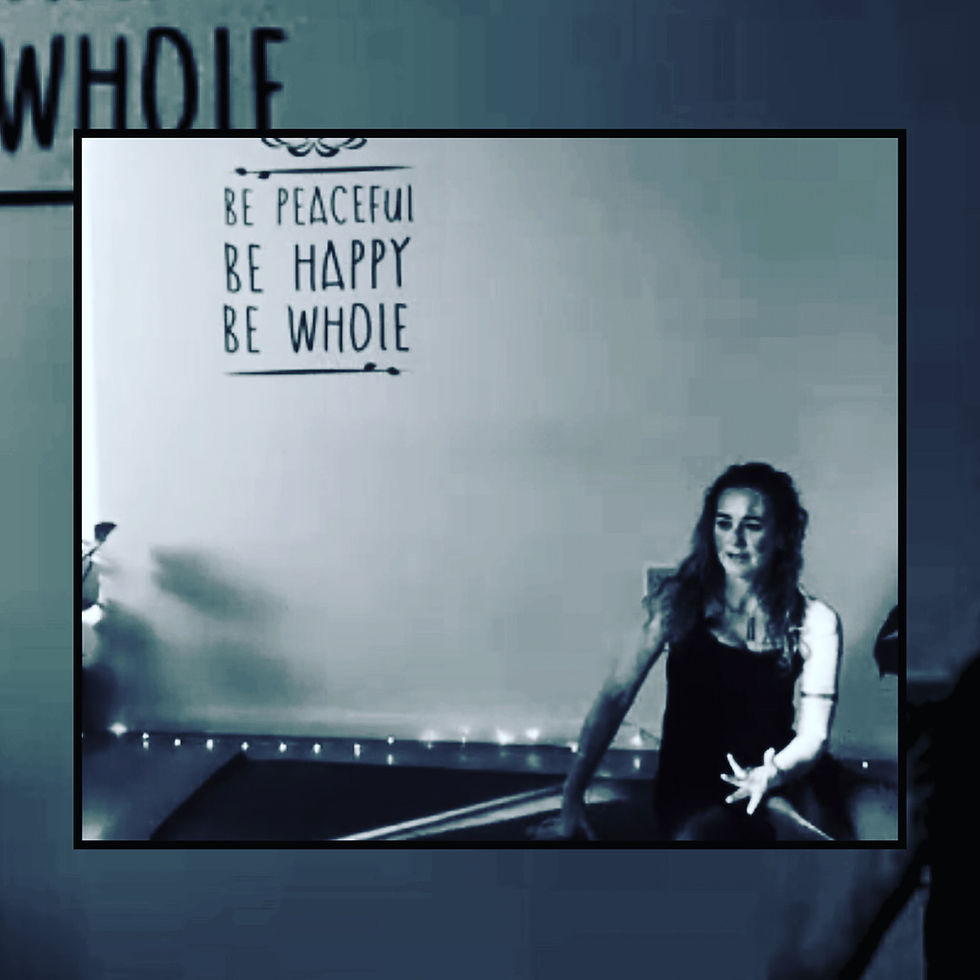Yoga for Emotional and Eating Disorders
- Justine Yoga Brighton
- Jul 24, 2020
- 2 min read
Updated: Oct 16, 2023
Justine has been teaching for over 20 years and has been teaching yoga in Brighton and Hove for nearly 6 years. She originally taught only a strong Vinyasa Flow style but became more interested in slower, more restorative styles as her practice developed. She completed her Yin training with Louise Windsor, and Adelene Cheong for Restorative Yoga. She has also specialised in Yoga for Emotional and Eating Disorders with Lisa Kaley-Isley and Yoga for Teens with Christine Kerr.
At the hospital where I currently teach, Mindfulness and Yoga is offered weekly as part of the curriculum. The yoga practice is tailored to the individual’s needs. For example, some students want a restorative approach; a static practice using bolsters, blocks and blankets to support and offer comfort. Each pose is held for up to 20 minutes and is true permission to rest. It is like pressing a reset button; promoting healthy alignment of the body, a sense of calm and kindness. This active relaxation is the concept of having no stimulation, to turn the senses inwards and slow down; it brings the body and mind back into equilibrium, in other words, restores it.
The overused sympathetic nervous system stimulates our stress response – the fight/flight/freeze – and releases cortisol and adrenaline. The parasympathetic nervous system triggers our rest and digest mode; activities that occur when we are at rest. During a restorative practice, hormones are released to slow down the heart rate and blood pressure.
For some students, there is a greater focus on a more Yin based practice; whilst this still relies on props to offer support, there is more emphasis on deeper stretches being held for 1-7 minutes at a time. This is a calming practice but also targets ligaments, tendons and fascia release with a gentle approach.
Some students, usually with a dance background, require the yoga practice to help with maintaining flexibility and internal core strength. But this is not an aerobic practice and it requires the student to be kind to themselves, using the practice as a playful inquiry rather than a punishment.
At the heart of all yoga at the hospital, there is a focus on breath work. Mindfulness meditation is encouraged no matter which practice is being taught. Breathing techniques are also available as ‘emergency flash cards’, which the students may have to hand at all times to help manage moments of difficulty.
I feel so grateful to have the opportunity to work with such lovely young people and to see them helping themselves to aid their recovery.





Comments